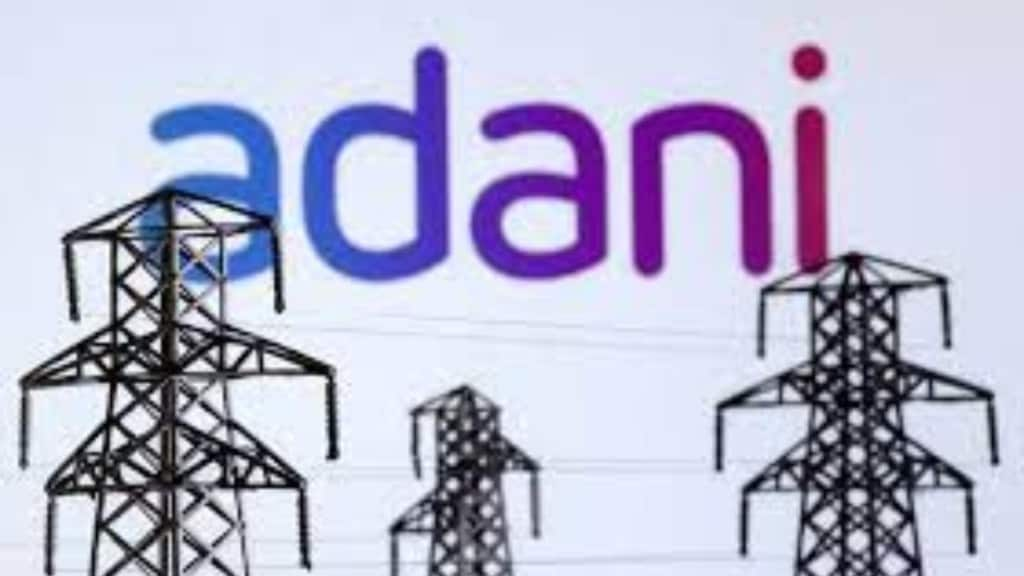Adani Energy Solutions has positioned itself well to ride the multi-year capex boom in the country. In an interview to FE, Anil Sardana, managing director of Adani Energy Solutions, said the transmission sector will see projects worth Rs 1.2-1.5.trillion being bid-out in the next couple of quarters.
Over the next five to seven years, this may leapfrog to over Rs 5 trillion worth of projects as more renewable power generation capacities come online, requiring evacuation, he said.
“Smart metering is looking to be a Rs 30,000 crore capex business over the next couple of years. District cooling is a nascent business and since we are early movers, this too is expected to become sizeable going forward,” Sardana said.
The company is set to capitalise on the expanded opportunity by enhancing its capabilities across the value chain from project management to finance to skill availability, he said.
District cooling, he said, is the company’s newest line of business. In this business, the company plans to offer “cooling as a service” to developers of mixed-use (residential + commercial) real estate projects.
“Here, we will undertake the full capex of the cooling system. For the developer this will lower their project cost and for the end user, their cooling cost will come down by 20-25%”, he said.
Adani Energy Solutions is pursuing offering reliable power supply and green power solutions (51% share) to large guzzlers of power like data centres, new age and tech centred industries etc. This alongwith smart metering and second distribution licence would help expand its customer reach.
Adani Energy Solutions, posted 46.1% growth in its Q2FY24 consolidated net profit. The company’s profit stood at Rs 284 crore during the September quarter of FY 2024, as compared to Rs 194 crore in the corresponding quarter. Its revenues went up 13% to Rs 3421 crore in Q2FY24.
Adani Energy Solutions is currently working on delivering over 20 million smart meters in eight distribution licensee areas. These have a contract value of about Rs 23,000 crore of capex with revenue recovery spread over the contract period of 10 years.
“We are investing big time in technology and digitisation to improve our overall operational efficiency and customer value proposition and engagement, Sardana said.
Through smart meters, the company can monitor and predict power consumption pattern over micro geographies and hence manage retail distribution better. It is adopting IoT (Internet of Things) across its assets for getting their real-time health diagnosis and undertaking predictive maintenance wherever needed, he said.
“Use of data analytics is helping us in theft detection and bringing down distribution loss as also plan our power purchase to closely align with demand, without incurring mismatch cost of bulk power sourcing to demand,” he said.
The company has set up a central E-NOC (Energy Network Operating Centre) for its transmission network for control, operations, and monitoring reliability management and availability, thus allowing quicker response time.
Sardana said on the services side, the company has automated customer complaint with CRM which has resulted in quicker resolution. This has almost fully eliminated the need for customer walk-ins to the service centres. All processes, including new connection requests, name change, load change etc, have been digitalised.
For its distribution business, the company is exploring several new licensee areas, he said, adding Adani Energy has applied for parallel distribution license in several geographies like Navi Mumbai in Maharashtra, Greater Noida in UP and is awaiting the respective state regulator’s go-ahead.
“We have already received regulatory approval for second licensee at Saurashtra discom. We are also evaluating other districts in several other parts of India which besides being good demand centres would also offer healthy growth opportunities for customers to expand their enterprise and also enjoy improved quality of life, at competitive prices,” he said.
The collection efficiency at its distribution business is 102% due to past recoveries of dues). On the transmission side of business, it is not facing any major payment delays from states except in Uttar Pradesh where courts have recently adjudicated and advised beneficiaries in making payments which has since been received. In any case, for any such delay in payments, late payment charges can be levied.
Sardana said that the company has been able to bring down the distribution loss to 5.8% during Q2FY24 from 6% in Q2FY23. This was achieved because of higher vigilance in the pockets where losses are higher.
This, coupled with increasing penetration of smart metering, and use of real time data analytics to quickly identify source of leakage with corrective actions is helping to reduce losses, he said.. “We continue to work closely with the law enforcement authorities to identify power thefts and act against those involved,” he added.


